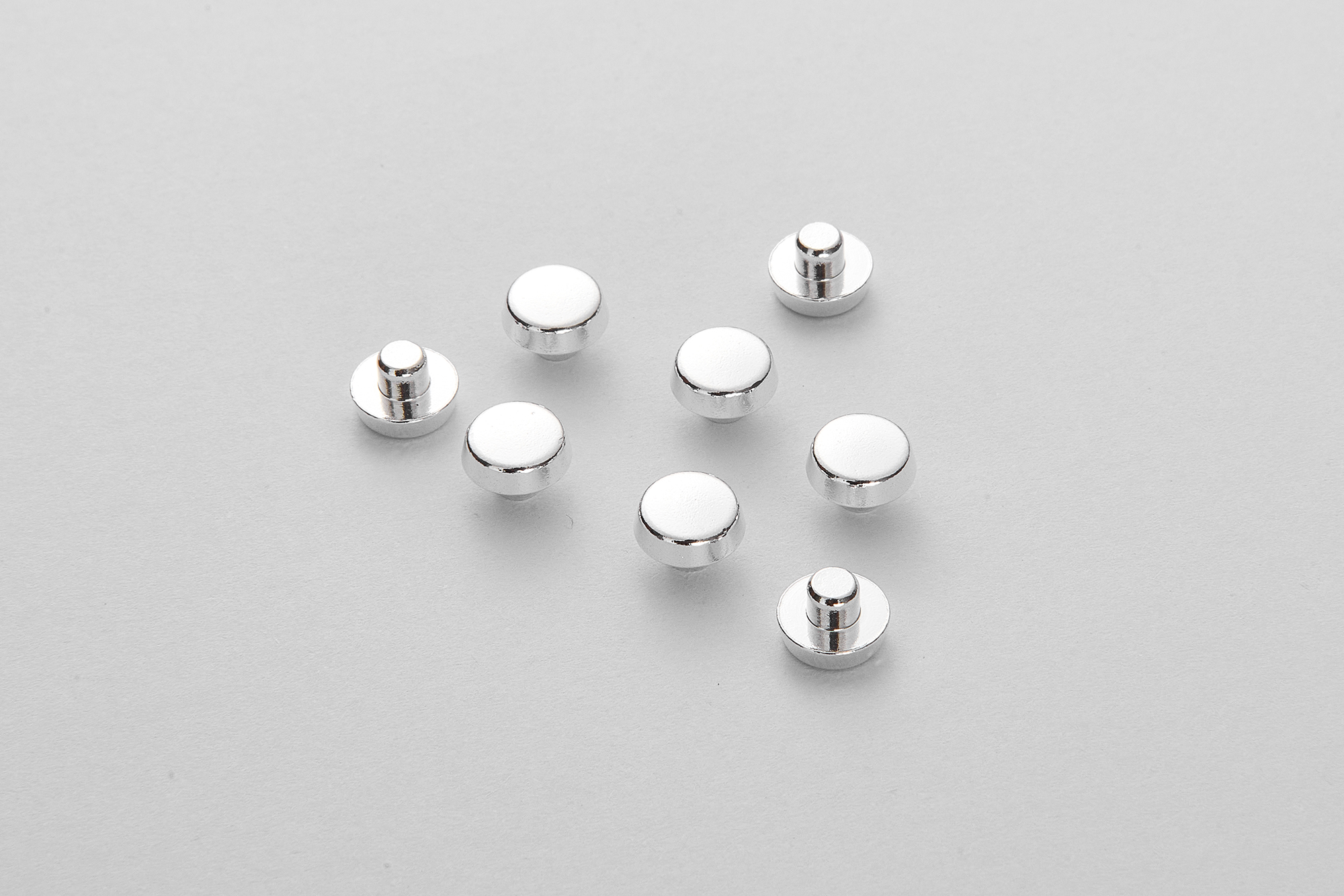Monomer contacts are key components used in electronic devices and circuits, typically serving to establish or interrupt electrical connections within a circuit. They are usually made of materials with good conductivity, featuring excellent elasticity and stability to ensure reliable electrical contact. Monomer contacts play a significant role in various applications such as switches, connectors, sensors, and more. Below, I will provide a detailed introduction to the working principle, structure, performance characteristics, and applications of monomer contacts.
Working principle:
The basic working principle of a monomer contact is to establish or interrupt an electrical connection using a material with good conductivity under applied pressure. When external pressure is applied, the monomer contact deforms, causing a change in the electrical connection between the contact materials. Through this mechanism, functions such as switching, connecting, or sensing can be achieved.
Structure:
Monomer contacts are typically made from a conductive material such as copper, silver, nickel, etc. Their shape and structure can be designed according to specific application requirements. Common structures for monomer contacts include spring-loaded contacts, spherical contacts, conical contacts, etc. These structures are all aimed at ensuring good electrical contact and have a long service life.
Performance Characteristics:
High Elasticity: Monomer contacts have high elasticity, allowing them to withstand external pressure without losing their shape.
Good Conductivity: The conductive materials used in monomer contacts exhibit excellent conductivity, ensuring the stability of electrical connections.
Stability: Monomer contacts possess good stability and are not easily affected by external environments, maintaining good electrical performance.
Wear Resistance: Monomer contacts have good wear resistance, enabling them to maintain good electrical contact for a long time.
Applications:
Electronic Switches: Monomer contacts are widely used in various electronic switches, such as power switches and button switches in electronic devices.
Connectors: Monomer contacts are also commonly used in connectors to ensure stable connection and transmission in circuits.
Sensors: In certain sensor devices, monomer contacts serve as part of contact sensors to detect the touch or pressure of objects.
Automotive Electrical Systems: Monomer contacts also find extensive application in automotive electrical systems, such as brake light switches and windshield wiper switches.
Overall, as a key component in electronic devices and circuits, monomer contacts play a crucial role. They are reliable, stable, and durable, suitable for a wide range of application scenarios.







